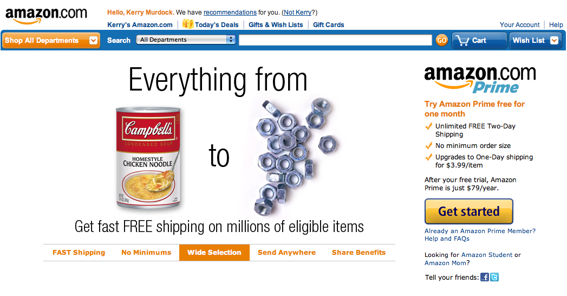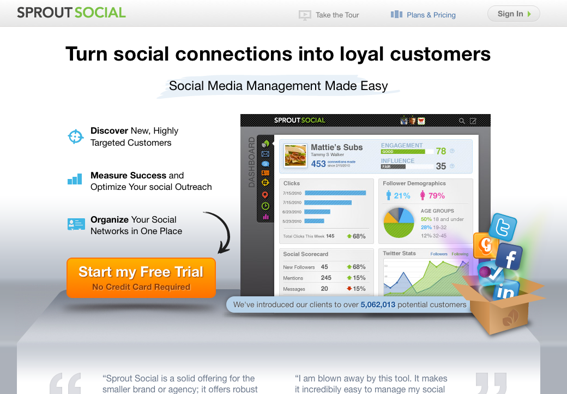Selling to a customer once is great. Selling to a customer every year, month, or week is even better.
This mantra of sorts — along with apparent growth in consumer demand and several new subscription-specific billing solutions — is creating opportunity for ecommerce entrepreneurs large and small.
An Old School Business Model
As a business model, subscriptions (including permission-based recurring billing) have been around for a very long time in industries like publishing or even cable television. For example, in 1926 the Book of the Month Club began a very successful recurring billing business wherein club members received a new book and a new bill each month without reordering. Likewise many adults remember Columbia House’s mail-order music business, the Columbia Record Club, which introduced its recurring payment business in 1955.
The model is effective because it benefits both the merchant and the customer. Specifically, the business has a very reliable revenue stream that arrives each billing cycle. The customer is happy because he or she consistently receives a product or uses a service without having to repeatedly order or take some other renewal action. It is just easier.
Credit Card and PayPal Payments
Thanks to credit cards and services like PayPal, subscriptions and recurring payments can be charged directly to a customer without actually having to send a bill or wait for payment. If customers have granted permission to merchants or service providers to charge them, the money just rolls in.
Consider a web hosting businesses that charges a regular monthly fee for server space and bandwidth and collects that fee by regularly charging the subscriber’s credit card or PayPal account. After the initial agreement between the hosting provider and the customer, the charges are made without asking for specific permission from the customer.
Imagine the impact for an ecommerce business owner. Regular monthly revenue, predictable overhead or cost of goods sold, and a relationship with customers that allows for additional sales or upgrades. If this is business model is not an opportunity, what is?
What Can be Sold as a Subscription?
Nearly any product or service can be sold as a subscription or membership that includes recurring payments that are made to the merchant without reordering. Here are some examples.
Amazon Prime
Millions of consumers pay Amazon $79 per year to become “Prime” members. For this, members receive upgraded shipping, free shipping, and “faster” shipping.

Amazon Prime costs $79 annually; benefits are free and upgraded shipping.
Sprout Social
Sprout Social sells a service—social media marketing management tools. The company charges from $9 to $49 to access and use its solution.

Sprout Social sells social media marketing management tools as a subscription.
Toys4Tails

Toys4Tails provides dog toys by subscription.
Toys4Tails has a monthly dog toy subscription. Customers specify their dog’s name, breed, weight, sex, and birthday, and Toys4Tails sends a new appropriate toy each month. Customers pay an automatic recurring payment that varies from $14.95 per month for a three-month subscription to $9.95 per month for a one-year subscription.
Audible.com

Audible.com sells downloadable audio books by subscription.
Audible.com sells downloadable audio book memberships. Members pay a recurring monthly fee from $14.95 and up to secure monthly credits that can be used to download audio books.
Doorstep Dairy

Milk and other dairy products can be delivered on schedule with a subscription from Doorstep Dairy.
Doorstep Dairy is a regional grocery service company that sells subscriptions to home-delivered milk, eggs, cheese, and coffee. Subscribers can make any number of payment arrangements, including recurring monthly payments.
If these companies can sell their products as subscriptions, anyone can.
Management the Payments
Managing recurring subscription or membership payments is, generally, no more difficult than singular transactions.
Nearly every good shopping cart/ecommerce platform has a subscription management or recurring billing feature built in. These features are especially good in solutions like Magento and Volusion, for example.
A number of subscription-specific payment services are also available. These services may be either standalone or integrated with an existing ecommerce platform. Examples include Chargify, Recurly, Spreedly, and SubscriptionBridge.
Summing Up
Subscriptions and recurring billing represent an excellent opportunity for ecommerce entrepreneurs. They can provide regular and predictable revenue and make it easier to build relationships with customers.
After all, selling to a customer once is great. Selling to a customer every year, month, or week is even better.





